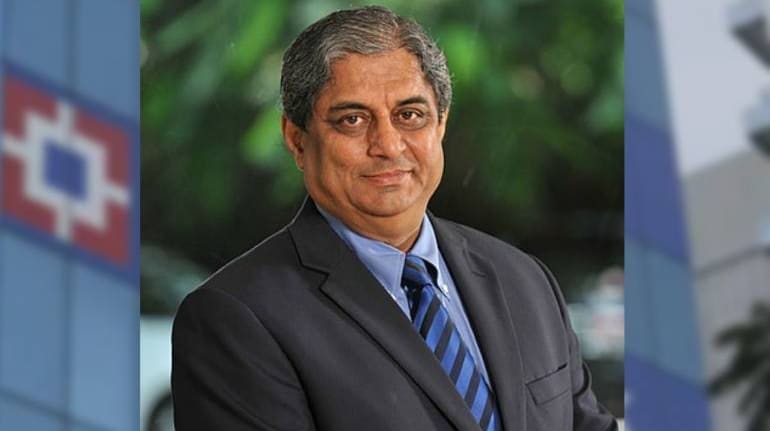



With the Reserve Bank of India (RBI) issuing final guidelines capping the tenure of managing directors and CEOs of banks, HDFC Bank’s former boss Aditya Puri’s record as the CEO with the longest tenure served in an Indian bank will now remain unbroken.
Issuing the latest rules, the RBI said the post of the MD&CEO or WTD (whole-time directors) cannot be held by the same incumbent for more than 15 years. In the case of MD&CEO or WTD who is also a promoter/ major shareholder, the person cannot hold these posts for more than 12 years, the RBI said.
Puri served as the CEO of HDFC Bank from 1994, meaning he completed 26 years in the post. After a 26-year long tenure, Puri stepped down last year handing over the baton to Sashidhar Jagdishan.
The nearest contender to break Puri’s record is Kotak Mahindra Bank’s promoter and CEO Uday Kotak, who has completed 17 years as bank chief. Kotak is the chief executive of Kotak Mahindra Bank since 2003-2004, when the bank started operations.
But, as per the RBI’s rules, Kotak will have to step down after his three-year term ending on January 1, 2024. Kotak would have completed 20 years by then as bank CEO.
Announcing the rules, the RBI said after the 15-year term, the CEO will be eligible for reappointment in the same bank, if considered necessary and desirable by the board, after a minimum gap of three years, subject to meeting other conditions.
During this three-year cooling period, the individual shall not be appointed or associated with the bank or its group entities in any capacity, either directly or indirectly. The RBI, in June last year, had issued a discussion paper on governance in banks. Today's guidelines have been announced after considering the feedback to the discussion paper.
The revised instructions would be applicable to all the private sector banks including Small Finance Banks (SFBs) and wholly owned subsidiaries of foreign banks. In respect of State Bank of India and nationalised banks, these guidelines would apply to the extent the stipulations are not inconsistent with provisions of specific statutes applicable to these banks or instructions issued under the statutes, the RBI said.
In the case of promoter CEOs, at the sole discretion of the Reserve Bank such MD&CEOs or WTDs may be allowed to continue up to 15 years, the central bank said. While examining the matter of re-appointment of such MD&CEOs or WTDs within the 12/15 years period, the level of progress and adherence to the milestones for dilution of promoters’ shareholding in the bank shall also be factored in by the Reserve Bank, the RBI said.
Further, the RBI also clarified that no person can continue as MD&CEO or WTD beyond the age of 70 years. Within the overall limit of 70 years, as part of their internal policy, individual bank's boards are free to prescribe a lower retirement age for the WTDs, including the MD&CEO, the RBI said.
Other longest-serving bank CEOs
Going by the 15-year cap rule, Shyam Srinivasan, MD&CEO of Kerala-based Federal Bank, and RBL Bank MD& CEO Vishwavir Ahuja both will have time till 2025 as both officials have completed a decade in their roles as chief executives. Similarly, Chandrashekhar Ghosh of Bandhan Bank has completed five years as CEO of the Kolkata-based bank, meaning he will have ten more years (non-promoter CEOs are allowed for 15 years), before his term comes to end, which is 2030.
Announcing the rules, the RBI also capped the upper age limit for non-executive directors (NEDs), including the Chair of the board, at 75 years and after attaining the age of 75 years no person can continue in these positions, the RBI said.
The total tenure of an NED, continuously or otherwise, on the board of a bank, shall not exceed eight years. After completing eight years on the board of a bank the person may be considered for re-appointment only after a minimum gap of three years, the RBI said. This will not preclude him/her from being appointed as a director in another bank subject to meeting the requirements, the RBI said.
Discover the latest Business News, Sensex, and Nifty updates. Obtain Personal Finance insights, tax queries, and expert opinions on Moneycontrol or download the Moneycontrol App to stay updated!
Find the best of Al News in one place, specially curated for you every weekend.
Stay on top of the latest tech trends and biggest startup news.